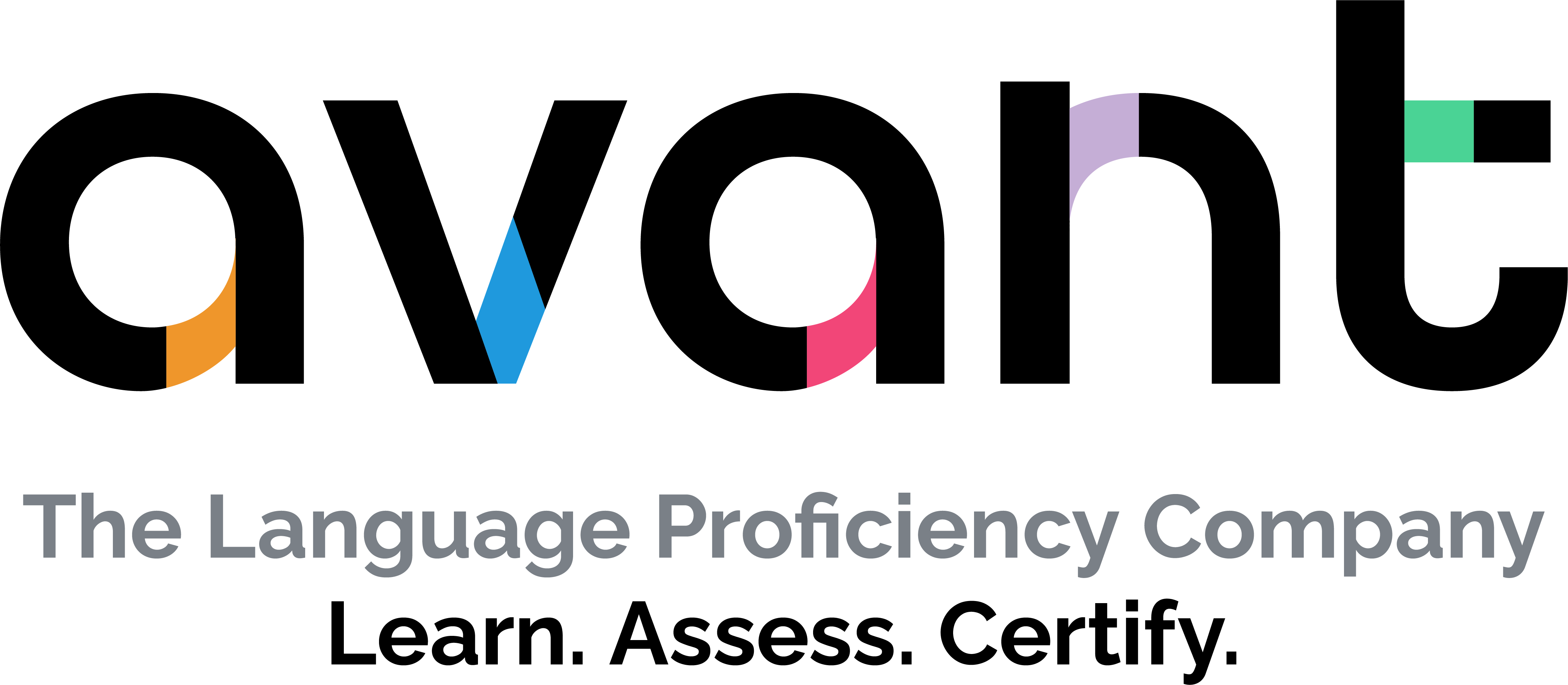Dive Brief:
- A new Gallup poll shows around 66% of district superintendents reporting a declining number of new, highly qualified teacher candidates, with 43% additionally reporting declines in principal candidates, eSchool News reports.
- The poll's superintendent respondents also mostly report better success at recruiting talent than selecting, developing and retaining it, and 42% report high engagement with their job — particularly in city, suburban and larger districts.
- Of qualities sought in new teachers, superintendents give high marks to the ability to "create excitement for the future" as critical to student success, and they report that their most significant challenges are improving achievement among underprepared students, fighting poverty's impact on achievement, and dealing with budget shortfalls.
Dive Insight:
Ongoing teacher shortages have plagued districts nationwide for several years now. Some states, like Utah and Nevada, have resorted to allowing schools to hire teachers without previous training or experience or letting districts issue provisional teacher licenses to candidates who might not otherwise qualify. In other cases, videoconferencing has been suggested as a means of connecting students in rural areas with qualified educators in specialized subject area, such as coding, who might not otherwise live in the region.
The reality on many levels is that without the funding to promise higher salaries or better benefits, districts will likely continue to be faced with the reality that the field isn't as enticing to those who may want to enter it. In the most drastic cases, some teachers don't even make enough to live in the cities where they teach. And that's on top of also often spending their own money on classroom supplies — with the looming potential of not having the ability to write that off on their taxes now hanging over their heads, as well.
It's an issue that ultimately requires more pressure to be applied to lawmakers, which may mean administrators will have to wear an additional hat in making the situation and its consequences clear to parents and the community in order to mobilize them as well. Without a shift in funding priorities at the state and federal levels, schools and districts will be left to make the best of their resources or attempt to further make ends meet by forging partnerships in the private sector, a prospect that can come with its own set of difficult questions.












